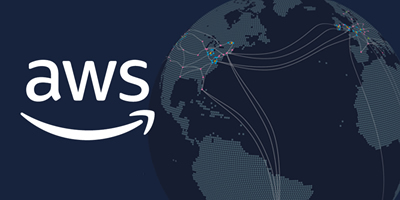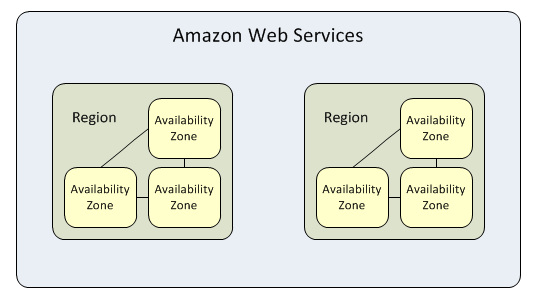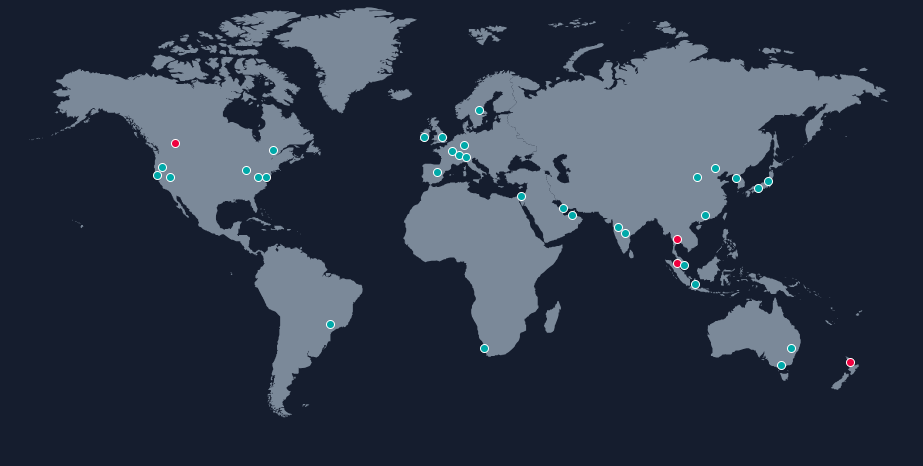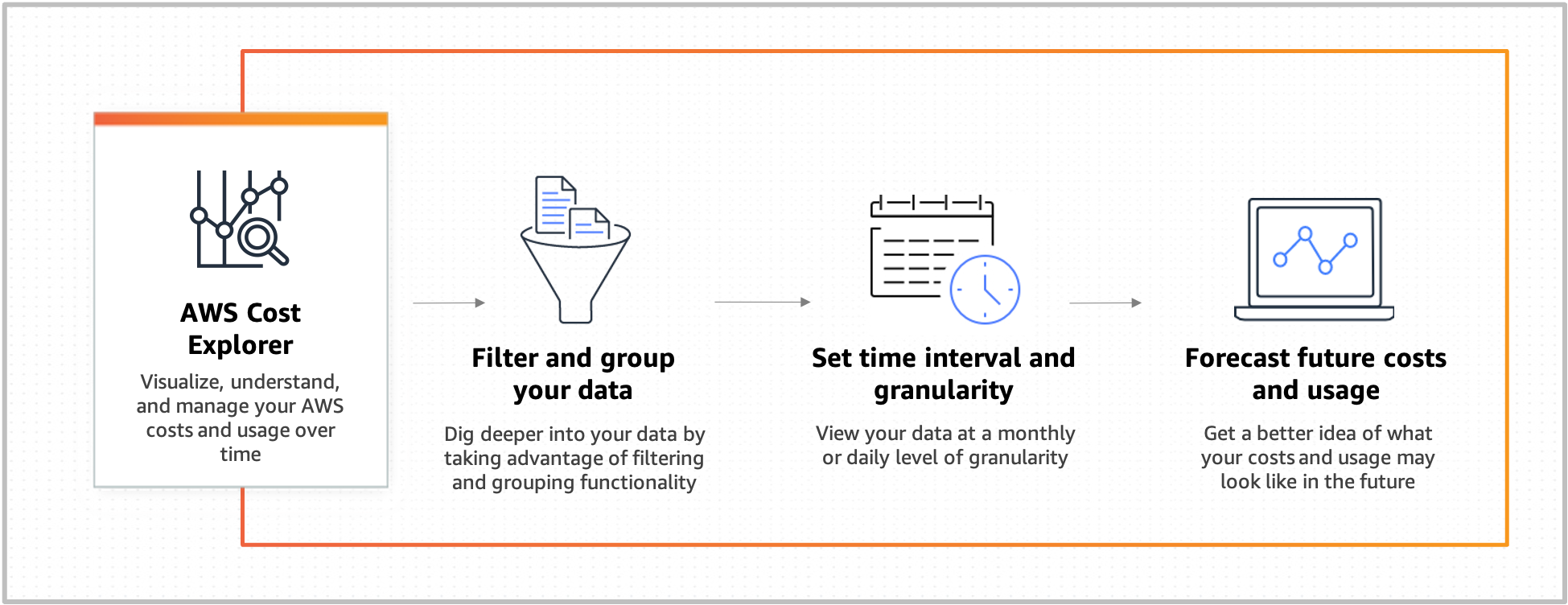Navigating the AWS Global Infrastructure: A Comprehensive Guide 🚀
 Saher Siddiqui
Saher SiddiquiTable of contents
- The AWS Global Infrastructure: A Foundation of Excellence
- Availability Zones: Building Resilience
- AWS Global Infrastructure Map
- Cost Management: Mastering Your AWS Budget
- Management and Governance: Keys to Success
- AWS Management Console: Centralized Control
- AWS Config: Resource Tracking
- Amazon CloudWatch: Real-Time Monitoring
- AWS Auto Scaling: Dynamic Resource Management
- AWS Command Line Interface (CLI): Scripting and Automation
- AWS Trusted Advisor: Optimization Guidance
- AWS Well-Architected Tool: Architectural Excellence
- AWS CloudTrail: Activity and API Tracking
- Conclusion: Your Journey to the Cloud ☁️

In the world of cloud computing, Amazon Web Services (AWS) offers an intricate and powerful infrastructure that drives its extensive suite of services. In this comprehensive article, we shall be embarking on a detailed exploration of the AWS Global Infrastructure, the bedrock of modern cloud computing.
The AWS Global Infrastructure: A Foundation of Excellence
The AWS Global Infrastructure is a marvel of modern engineering, meticulously designed to deliver a cloud computing environment that excels in flexibility, reliability, scalability, and security. It's the backbone of AWS, enabling businesses of all sizes to leverage the cloud effectively.
Architectural Brilliance
At its core, the AWS Global Infrastructure is engineered to provide high-quality global network performance, ensuring seamless and efficient operation of cloud-based applications and services. It is divided into AWS Regions and Availability Zones along with Edge Locations.

AWS Regions: The Geographical Building Blocks
AWS Regions are at the heart of AWS's global presence. These are physical locations scattered worldwide, each functioning as an independent cloud computing environment. Within each Region, there are several Availability Zones (AZs) present. AWS Regions are clusters of data centres designed for redundancy and fault tolerance.
Notably, resources deployed within one Region stay isolated, a key factor in ensuring data governance and compliance. Newer AWS Regions are disabled by default, allowing users to activate them as needed. AWS also offers specialized Regions like the AWS GovCloud (US), tailored to meet the regulatory and compliance requirements of specific user groups.
Choosing the Right Region
Selecting the ideal AWS Region is a pivotal decision that can significantly impact your cloud journey. Key factors to consider include:
Data Governance and Legal Requirements: Local regulations may dictate that certain data must remain within specific geographic boundaries. AWS Regions facilitate compliance with these requirements.
Proximity to Customers (Latency): To optimize application performance and minimize latency, it's advisable to operate your applications and store your data close to end-users.
Services Availability: AWS services are not uniformly available across all Regions. Depending on your project's requirements, you may need to select Regions that offer specific services.
Cost Considerations: The cost of running services can vary by Region. It's essential to factor these cost differences into your planning.
Availability Zones: Building Resilience
Availability Zones ( abbreviated as AZs) are the unsung heroes of the AWS Global Infrastructure, contributing to its renowned high availability and fault tolerance.
AZs: The Resilient Strongholds
Each Availability Zone is a fully isolated partition of the AWS infrastructure. They have their power infrastructure and are physically separated by considerable distances, ensuring protection against natural disasters and other disruptive events.
These AZs are interconnected with high-speed, low-latency networking, enabling synchronous replication between them. This network infrastructure is the foundation for building highly available applications.
AWS Global Infrastructure Map
The AWS Cloud spans 102 Availability Zones within 32 geographic regions around the world, with announced plans for 12 more Availability Zones and 4 more AWS Regions in Canada, Malaysia, New Zealand, and Thailand.


Cost Management: Mastering Your AWS Budget
Effective cost management is vital in the cloud, and AWS provides a suite of tools to help you maintain control over your spending.
AWS Cost and Usage Report: Insightful Cost Analysis
The AWS Cost and Usage Report provides a comprehensive view of your AWS costs and usage. It includes valuable metadata about AWS services, pricing, and reservations, enabling detailed cost analysis.

AWS Budgets: Proactive Spending Control
AWS Budgets allows you to set custom budgets and receive alerts when your costs exceed predefined thresholds. It's a proactive way to manage your AWS spending and ensure you stay within your budget.

AWS Cost Explorer: Visualizing Costs
AWS Cost Explorer offers a user-friendly interface for visualizing, understanding, and managing your AWS costs and usage over time. It simplifies cost analysis and budget tracking, providing insights at a glance.

Management and Governance: Keys to Success
Efficiently managing and governing AWS resources is essential for a well-architected, high-performing cloud environment. AWS offers a rich array of management and governance services to help you achieve these goals.
AWS Management Console: Centralized Control
The AWS Management Console serves as your centralized control hub, providing a web-based interface for accessing and managing your AWS account and resources.
AWS Config: Resource Tracking
AWS Config helps you track resource inventory and changes over time, offering visibility into your AWS environment and helping ensure compliance.
Amazon CloudWatch: Real-Time Monitoring
Amazon CloudWatch offers real-time monitoring of AWS resources and applications, providing insights into system performance and the ability to set alarms for critical events.
AWS Auto Scaling: Dynamic Resource Management
AWS Auto Scaling allows you to automatically adjust the capacity of multiple AWS resources based on demand, ensuring efficient resource utilization.
AWS Command Line Interface (CLI): Scripting and Automation
The AWS Command Line Interface (CLI) provides a unified tool for managing AWS services via a command-line interface, ideal for automation and scripting tasks.
AWS Trusted Advisor: Optimization Guidance
AWS Trusted Advisor offers recommendations to optimize performance, security, and costs, ensuring you make the most of your AWS resources.
AWS Well-Architected Tool: Architectural Excellence
The AWS Well-Architected Tool assists in reviewing and enhancing the design of your workloads to align with AWS best practices and standards.
AWS CloudTrail: Activity and API Tracking
AWS CloudTrail tracks user activity and API usage, providing an audit trail of actions within your AWS account for enhanced security and compliance.
Conclusion: Your Journey to the Cloud ☁️
Understanding the AWS Global Infrastructure, from Regions and Availability Zones to cost management and governance tools, empowers you to architect and manage cloud solutions effectively. Whether you're a cloud enthusiast embarking on your journey or a seasoned cloud professional, AWS equips you with the knowledge and tools to master the cloud.
With the AWS Global Infrastructure as your foundation, you have the keys to unlocking the full potential of cloud computing. So, venture forth, explore the cloud, and turn your cloud dreams into reality.
Subscribe to my newsletter
Read articles from Saher Siddiqui directly inside your inbox. Subscribe to the newsletter, and don't miss out.
Written by
